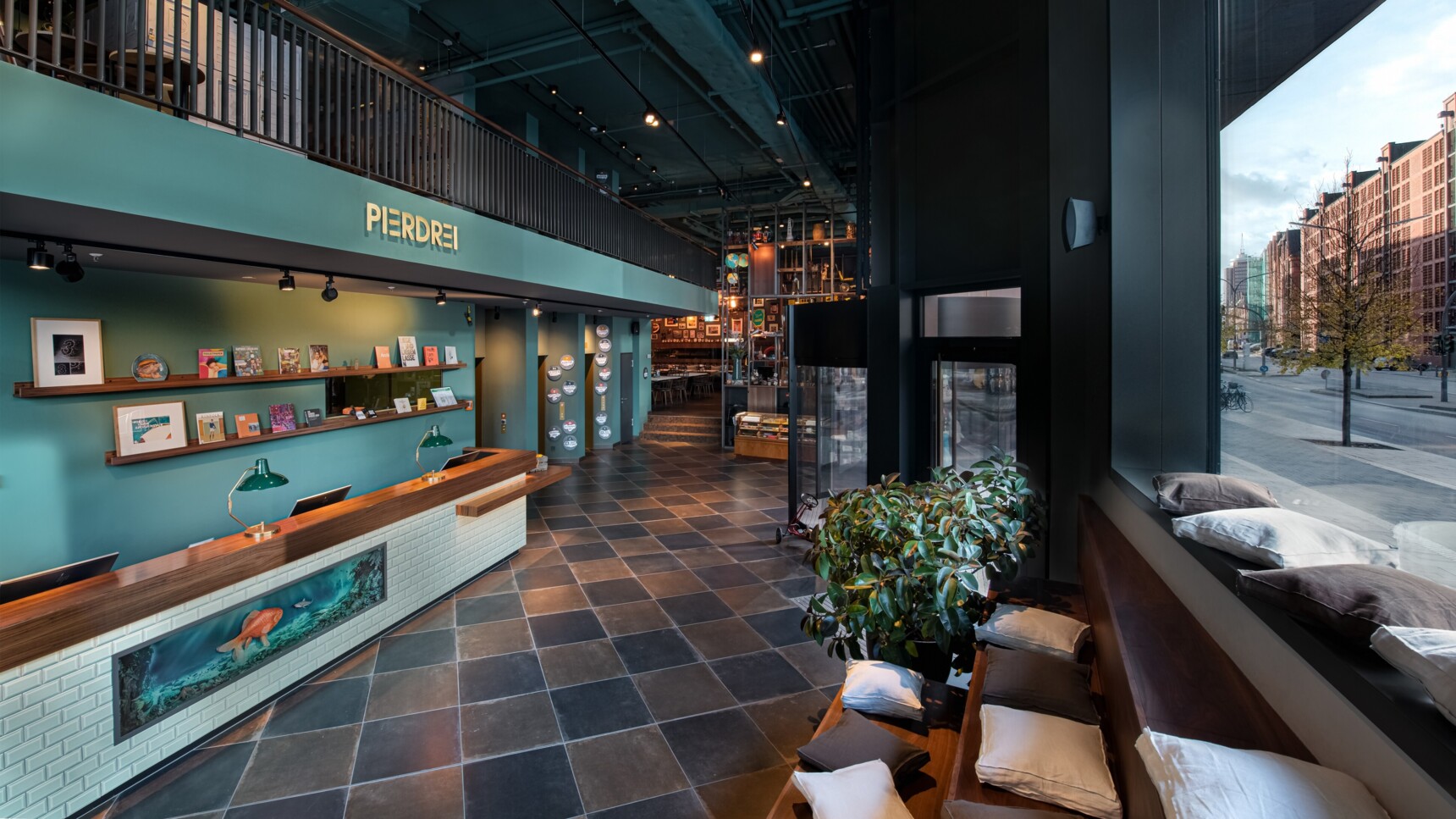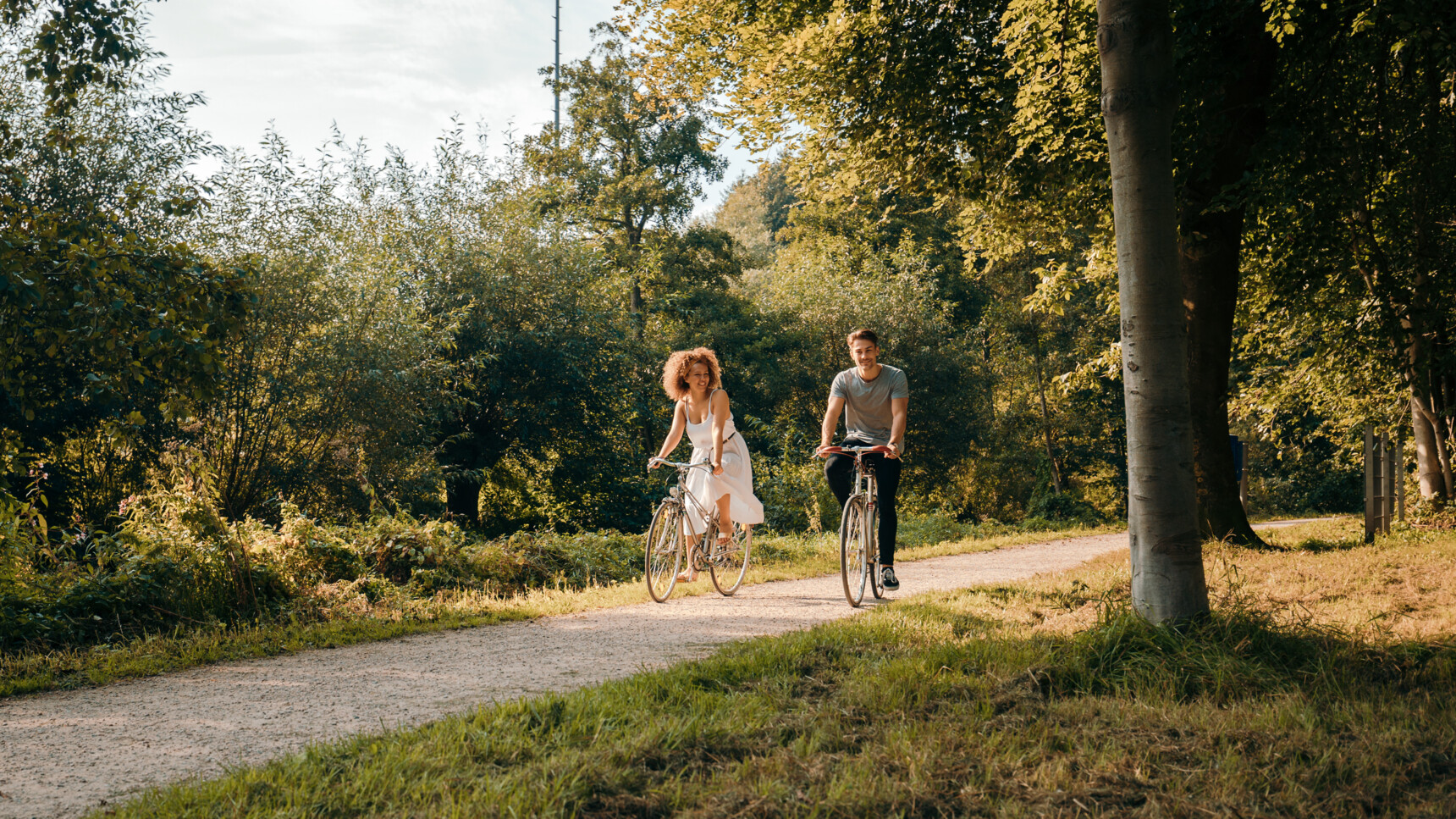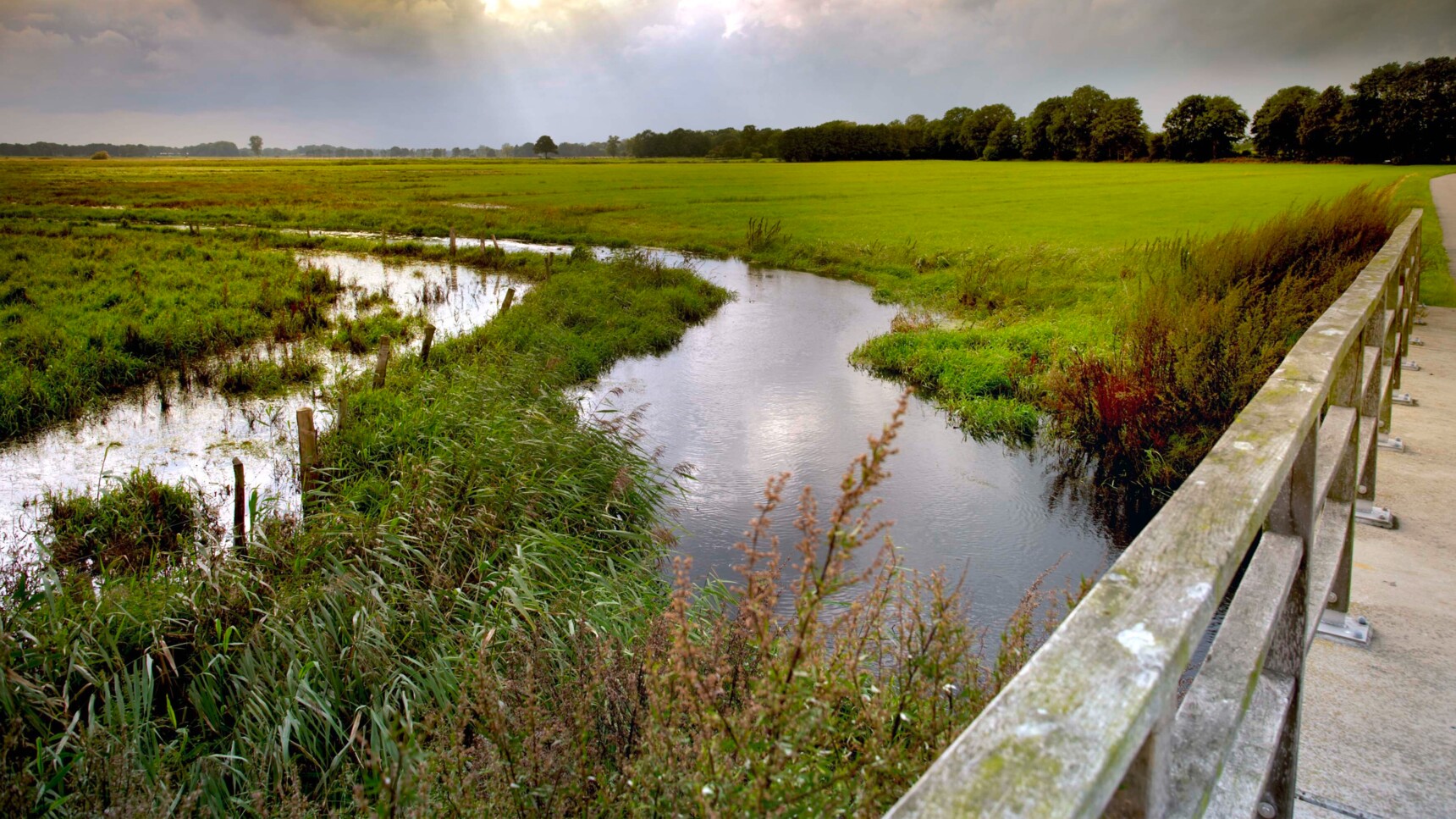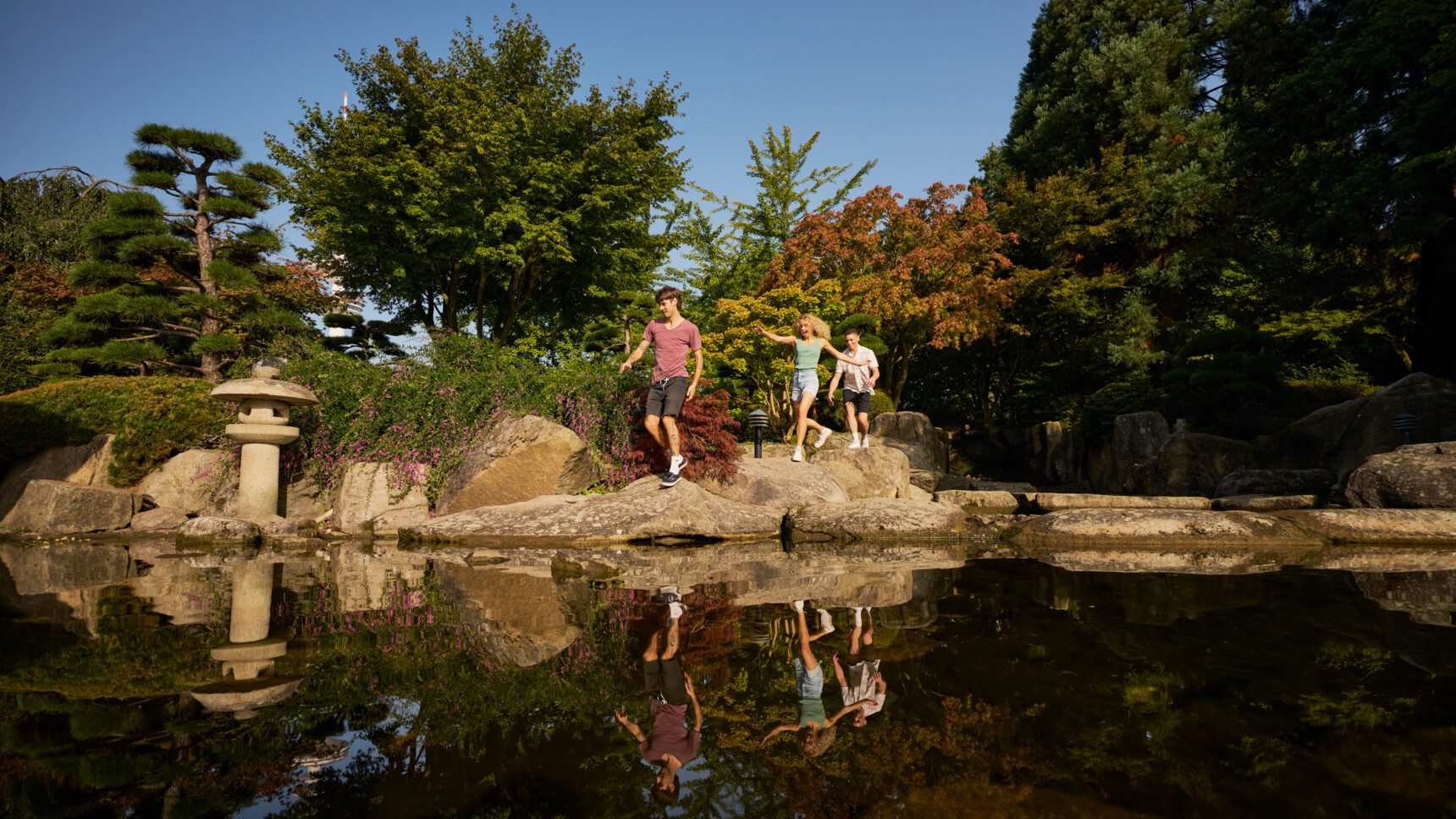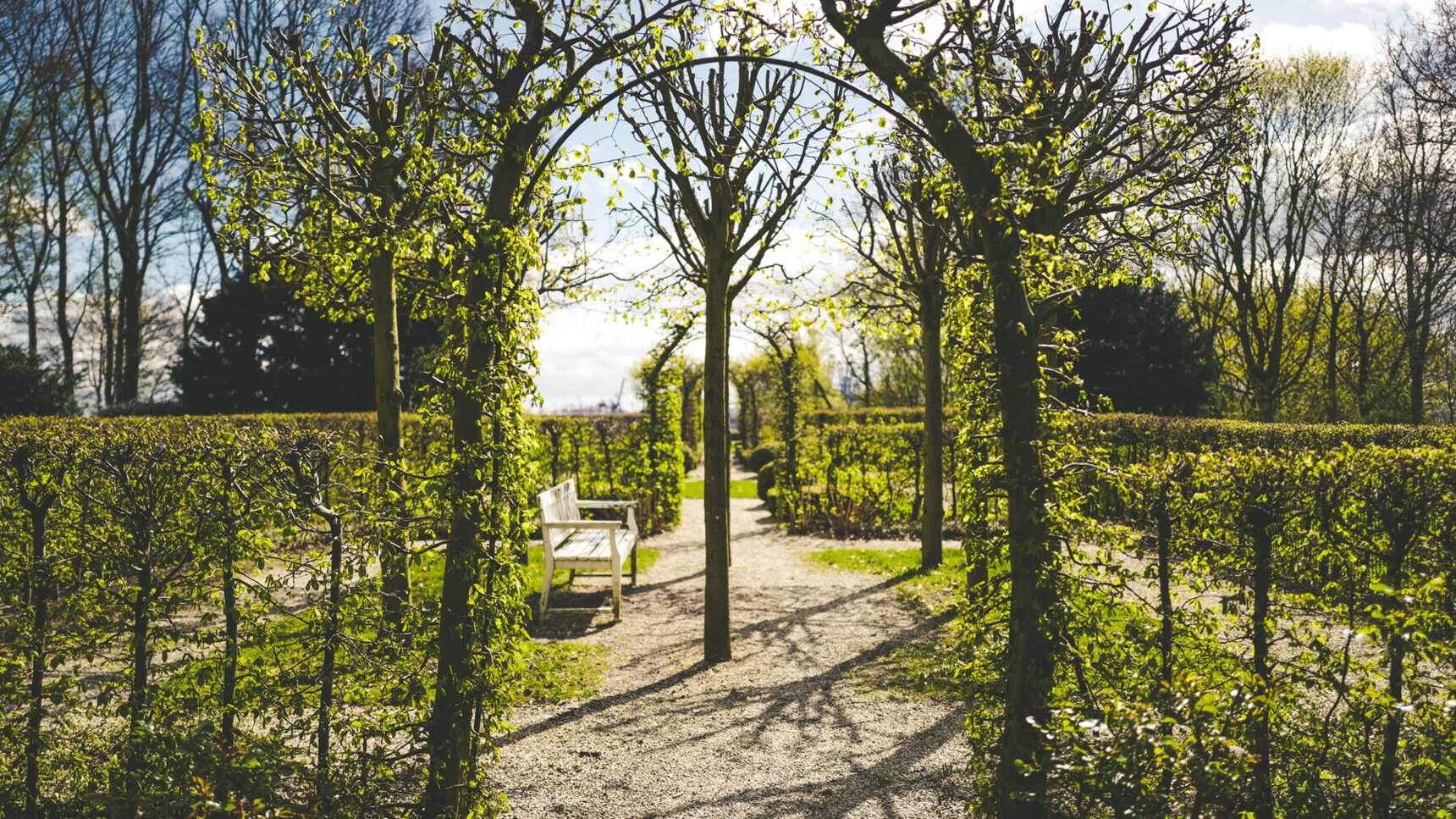Hamburg may be an industrial port city with over 1.8 million residents, but it is also one of the greenest cities in Europe. Almost 20 % of its area consists of meadows, forests, parks and waterways – half of which are under nature protection. This makes Hamburg the German city with the highest proportion of protected natural areas.
Nature in the Centre of the City
A walk through the south of Hamburg might reward you with a rare sight: cormorants resting in the Harburg City Park wetlands, their glossy black feathers shimmering in the sunlight. Birds of prey such as hawks and buzzards and even the colourful kingfisher have found a home here. The park, which has been successfully renaturalised, is now an important retreat for wildlife and one of the most exciting birdwatching areas – just 30 minutes from Hamburg Central Station.
Hamburg's green structure is no coincidence. Its network of parks and natural spaces goes back to an urban planning strategy over 100 years old. Since 1914, public green spaces have grown from 200 hectares to more than 3.000 hectares – visionary plans by the horticultural department of the time. Today, green lungs such as the Altonaer Volkspark, the Hamburg City Park between Barmbek and Winterhude and the park-like Ohlsdorf Cemetery, the world's largest park cemetery, shape the cityscape. Avenues lined with old trees wind through neighborhoods, while canals and river arms meander through the city, often framed by wild nature.
Sustainable Urban Development
Hamburg's commitment to sustainability earned it the title of European Green Capital in 2011. The city aims to cut CO₂ emissions by 80 % by 2050 and is focusing on resource-efficient "inward growth" by redeveloping industrial and brownfield sites.
The most famous example is HafenCity Hamburg, Europe's largest inner-city urban development project. On 157 hectares, a vibrant, modern district with award-winning sustainable architecture and energy-efficient buildings is taking shape. Another milestone is the climate-neutral urban redevelopment of Wilhelmsburg, showcased during the International Building Exhibition (IBA) 2013. Here, the Wilhelmsburg Island Park was created – a 100-hectare green space with playgrounds, sports areas, sunbathing lawns, a canoe canal and a high ropes course. The park now connects both sides of the Elbe and ranks among the largest newly created green spaces in Germany.
Citizens help shape Urban Greenery
Hamburg's citizens actively contribute to urban greening. Park Fiction in St. Pauli is a striking example: what was once planned as an office building became a community-driven urban garden with lawns, dog areas and a stunning harbour view. Similar initiatives, such as Gartendeck or KEPAB (KulturEnergieBunkerAltona), have turned vacant lots and rooftops into green meeting places, proving that sustainability and creativity go hand in hand.
The Green Bunker in St. Pauli – Urban History meets Future Vision
One of Hamburg's most innovative green projects is the Green Bunker at Heiligengeistfeld in St. Pauli. Originally built as an air-rad shelter during World War II, the massive structure has been transformed into a vibrant cultural and ecological landmark and has recently been opened to public.
The recent expansion raised the bunker to 58 metres and added five new floors. Around 20.000 plants and trees now cover almost 10.000 square metres, creating an urban forest in the sky. A spectacular roof garden offers a free 360-degree view over Hamburg, accessible via 335 steps or a 560-metre spiral "mountain path" wrapping around the building – a unique experience in the heart of the city.
Inside the bunker houses the REVERBY by Hard Rock Hotel, creative artist residencies, event spaces, five restaurants and the Georg-Elser-Halle for concerts, culture and sports. It is both a cultural hub and a green beacon – while also serving as a place of remembrance, commemorating the atrocities of the Nazi regime and offering space for reflection and social engagement.
This transformation from a war relic into a green oasis symbolises Hamburg's sustainable vision – and demonstrates how history and the future can coexist harmoniously in architecture.
